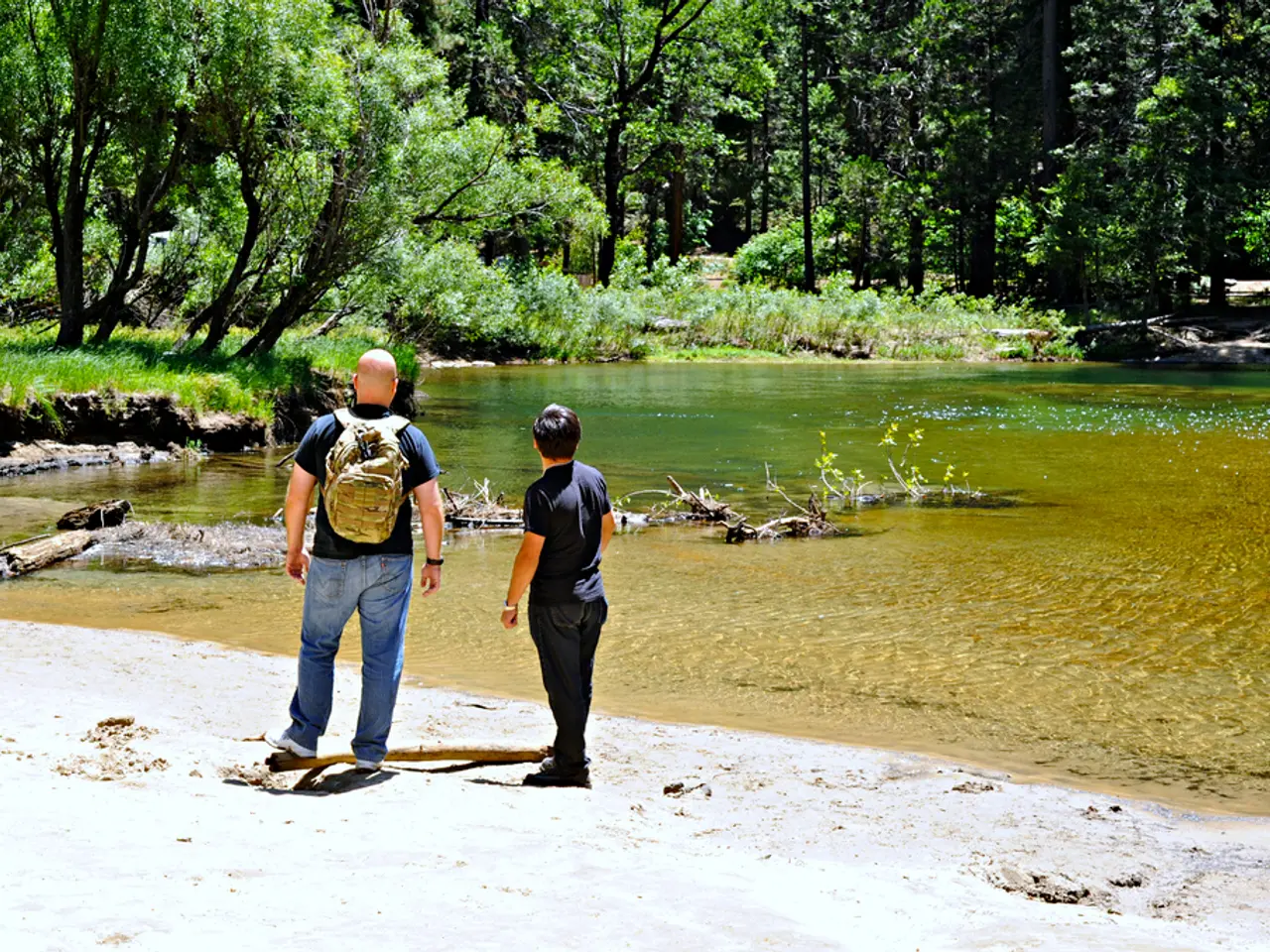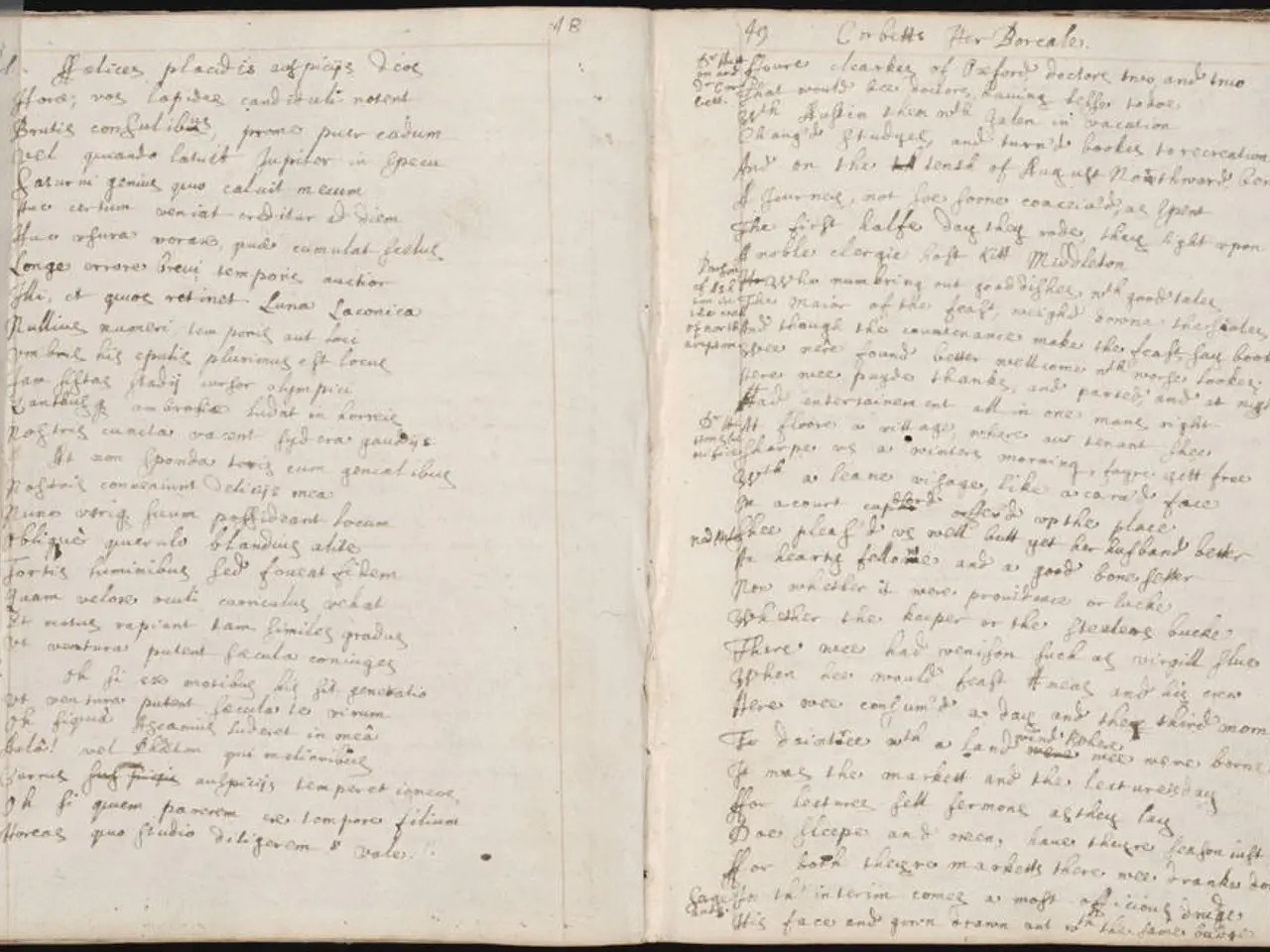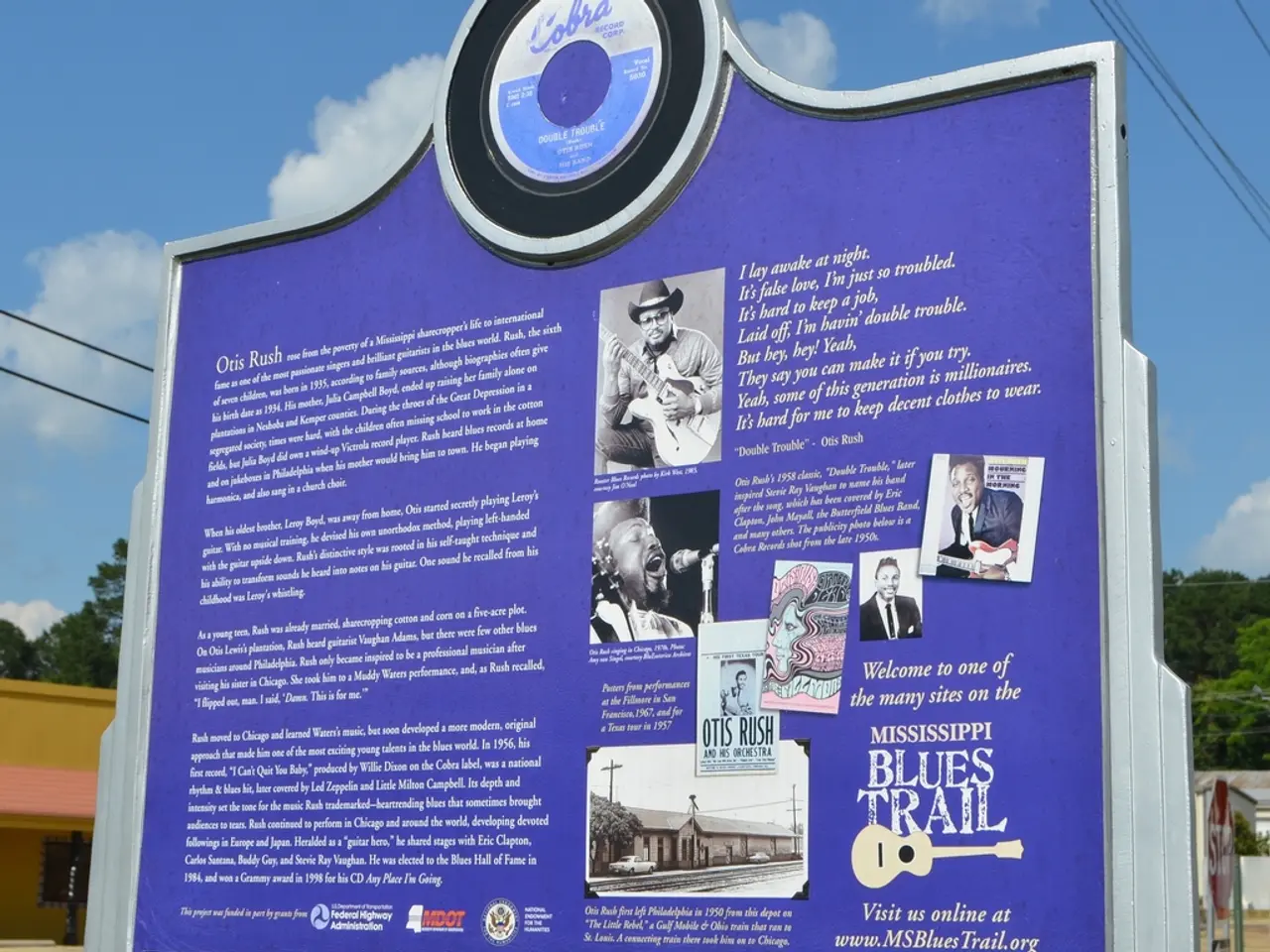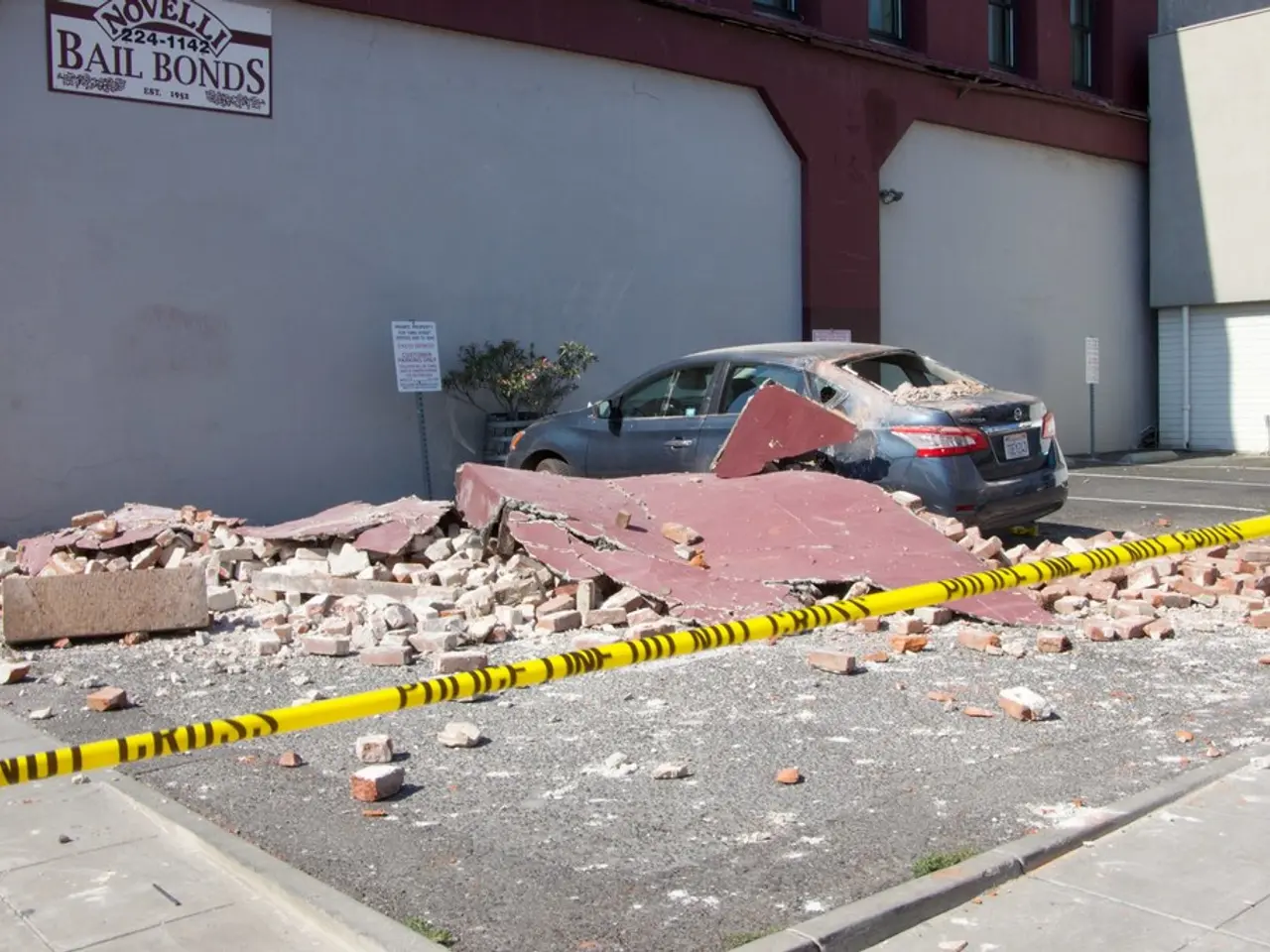Rocket Launch Technique Explained: Understanding Two-Stage to Orbit (TSTO) - Key Terms Explored in Aerospace Dictionary
Article: The Future of Space Exploration: Two-Stage to Orbit (TSTO) Technology
Two-Stage to Orbit (TSTO) technology, a concept in rocketry and spaceflight that uses two separate stages to reach orbit, is poised to play a significant role in the future of space exploration. This technology, despite presenting challenges, offers numerous benefits that make it an attractive choice for space missions.
Currently, active development in TSTO technology is evident, with significant progress in reusable vehicle technology, particularly by agencies such as ISRO. ISRO is working on a fully reusable TSTO launch vehicle through a series of technology demonstrators, such as the Reusable Launch Vehicle Technology Demonstrator (RLV-TD). The RLV-TD programme involves testing key capabilities including hypersonic flight, autonomous landing, powered cruise flight, and air-breathing propulsion. The RLV-TD prototype has successfully conducted hypersonic flight experiments, and future tests include landing and return flight experiments, indicating a methodical approach towards operational reusable TSTO systems.
Meanwhile, major space agencies like NASA continue to deploy missions that rely on current launch technologies but are more focused on payload and mission systems rather than TSTO vehicle development directly. NASA’s recent missions, including those deploying satellites from Falcon 9 second stages, reflect reliance on two-stage expendable or partially reusable rockets rather than fully reusable winged TSTO vehicles.
In the U.S., operational reusable spaceplanes such as the X-37B Orbital Test Vehicle continue to be used for extended orbital missions, highlighting advancements in autonomous orbital flight and technologies relevant to reusable space systems but not strictly TSTO launchers.
TSTO vehicles can carry larger payloads and reach higher altitudes than Single-Stage to Orbit (SSTO) vehicles, making them ideal for missions that require heavier payloads or higher orbits. One area of focus for the future of TSTO technology is the development of reusable stages and vehicles, which can significantly reduce the cost of space missions and increase their frequency.
Advances in propulsion technology, materials science, and automation are helping to overcome the challenges associated with TSTO vehicles. TSTO vehicles use two stages to reach orbit, allowing for a more efficient use of propulsion systems. This optimized performance, coupled with the flexibility in mission planning and potential cost savings, make TSTO vehicles an essential tool for unlocking the mysteries of the universe and expanding humanity's presence in space.
As research and development continue to advance, TSTO vehicles will become an increasingly important part of space missions. Ongoing efforts are aimed at improving the performance, efficiency, and reliability of TSTO technology. One notable example of a TSTO vehicle is the SpaceX Falcon 9 rocket, which uses a two-stage configuration to deliver payloads to orbit, with the first stage capable of landing back on Earth for reuse.
Other space agencies and private companies are developing TSTO vehicles for a range of missions, from commercial satellite launches to crewed missions to the International Space Station. The first stage of a TSTO vehicle is responsible for lifting the payload off the ground and reaching a certain altitude before separating from the second stage. The second stage of a TSTO vehicle continues to propel the payload into orbit or beyond.
In conclusion, the most concrete advances in TSTO technology as of mid-2025 come from ISRO’s systematic reusable vehicle demonstrators aiming for a winged, fully reusable TSTO vehicle, while agencies like NASA focus on leveraging reusable launch vehicle stages and reusable spacecraft for specific orbital missions. Future developments will likely emphasize operational reusable TSTO launchers with enhanced hypersonic and autonomous landing technologies, a trend aligned with reducing launch costs and improving access to space.
Science and technology are playing pivotal roles in the development and advancement of space exploration, with Two-Stage to Orbit (TSTO) vehicles becoming essential tools for space missions. Due to their ability to carry heavier payloads and reach higher altitudes, TSTO vehicles are being increasingly favored over Single-Stage to Orbit (SSTO) vehicles. Current efforts in TSTO technology, such as ISRO's Reusable Launch Vehicle Technology Demonstrator (RLV-TD) programme, aim to develop reusable stages and vehicles, reducing the cost of space missions and increasing their frequency.




